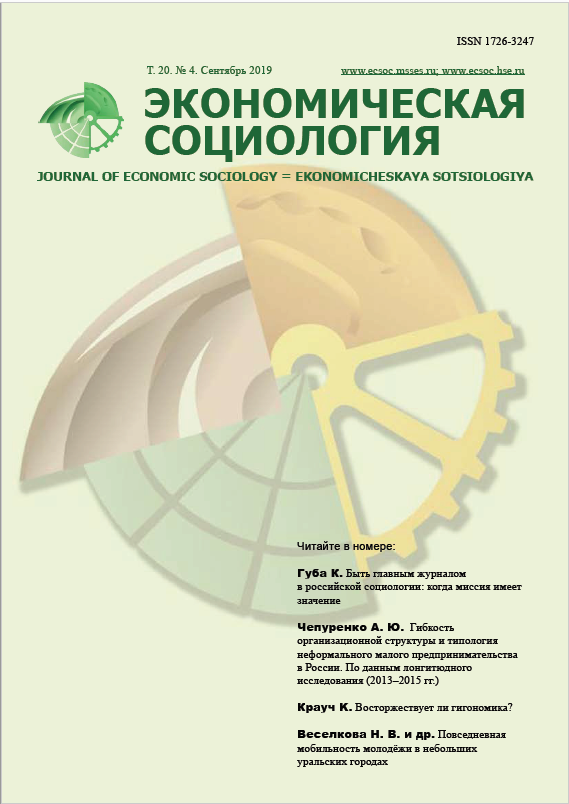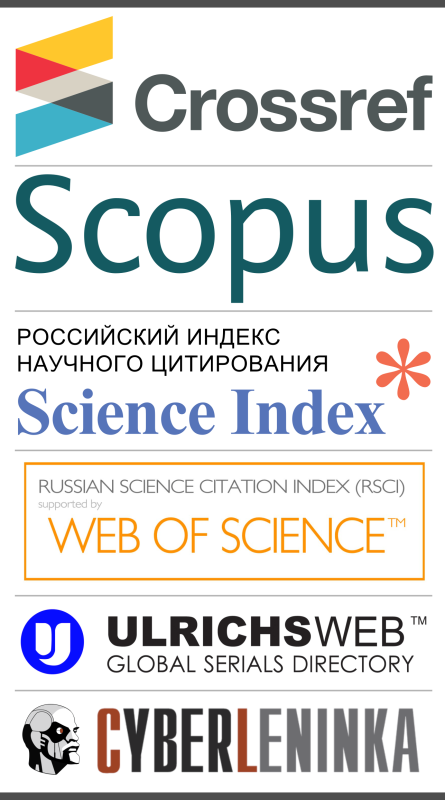Гибкость организационной структуры и типология неформального малого предпринимательства в России
По данным лонгитюдного исследования (2013–2015 гг.)
Аннотация
В статье на основе релевантной отечественной и зарубежной литературы, в русле институционального подхода к определению и анализу причин и практик неформального предпринимательства в современной России и на данных проведённого автором лонгитюдного исследования 13 стартапов и малых предпринимателей (Москва, 2013–2015 гг., 36 интервью) рассматриваются следующие вопросы: (1) есть ли какие-то отличия в характере отношений собственности в тех бизнесах, которые ведутся частично или преимущественно неформально, от описанных в академической литературе классических отношений собственности в предпринимательских фирмах? (2) почему некоторые виды деятельности малого предпринимательства располагают к неформальным практикам? (3) какую роль в решении предпринимателей вести свою деятельность неформально играет взаимодействие с государственными контрольно-надзорными и правоохранительными органами и каковы здесь возможные альтернативы? (4) каковы сравнительные выгоды и риски и (или) ограничения неформальной предпринимательской деятельности? (5) связаны ли между собой — и как — мотивация к предпринимательской деятельности и склонность к неформальным видам активности в бизнесе? Основные выводы статьи заключаются в том, что важной причиной неформальности в микро- и малом бизнесе является диффузная структура отношений собственности, которая представляет собой гибридную (промежуточную) форму между рынком и фирмой. Предложена авторская типология предпринимателей, основанная на различных вариантах сочетания мотивации к ведению предпринимательской деятельности и уровня формализации последней. В результате выделены четыре идеальных типа предпринимателей — «звёзды», «не любящие рутины», «простаки» и «маргиналы». Два последних и являются основными акторами неформальной предпринимательской активности, ведущейся легально зарегистрированными фирмами, и полностью неформального предпринимательства. В статье даются некоторые практические рекомендации относительно возможностей сокращения неформальных предпринимательских практик, основанные в том числе на понимании различия между указанными идеальными типами предпринимателей.













